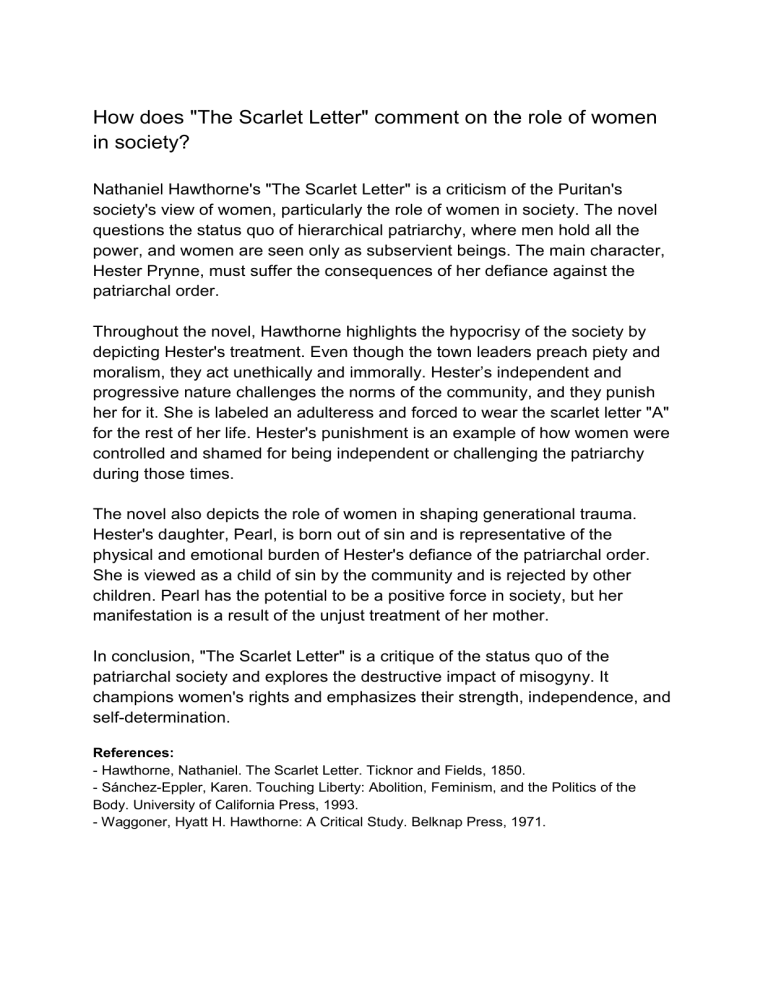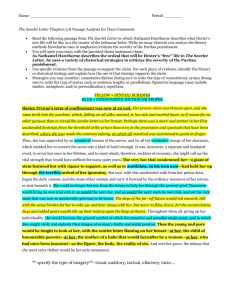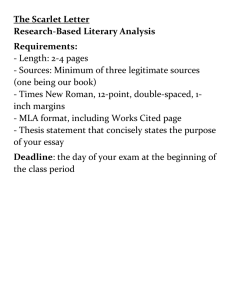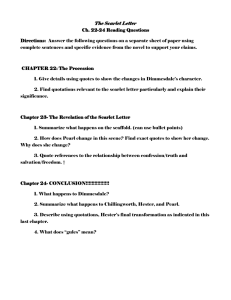How does The Scarlet Letter comment on the role of women in society
advertisement

How does "The Scarlet Letter" comment on the role of women in society? Nathaniel Hawthorne's "The Scarlet Letter" is a criticism of the Puritan's society's view of women, particularly the role of women in society. The novel questions the status quo of hierarchical patriarchy, where men hold all the power, and women are seen only as subservient beings. The main character, Hester Prynne, must suffer the consequences of her defiance against the patriarchal order. Throughout the novel, Hawthorne highlights the hypocrisy of the society by depicting Hester's treatment. Even though the town leaders preach piety and moralism, they act unethically and immorally. Hester’s independent and progressive nature challenges the norms of the community, and they punish her for it. She is labeled an adulteress and forced to wear the scarlet letter "A" for the rest of her life. Hester's punishment is an example of how women were controlled and shamed for being independent or challenging the patriarchy during those times. The novel also depicts the role of women in shaping generational trauma. Hester's daughter, Pearl, is born out of sin and is representative of the physical and emotional burden of Hester's defiance of the patriarchal order. She is viewed as a child of sin by the community and is rejected by other children. Pearl has the potential to be a positive force in society, but her manifestation is a result of the unjust treatment of her mother. In conclusion, "The Scarlet Letter" is a critique of the status quo of the patriarchal society and explores the destructive impact of misogyny. It champions women's rights and emphasizes their strength, independence, and self-determination. References: - Hawthorne, Nathaniel. The Scarlet Letter. Ticknor and Fields, 1850. - Sánchez-Eppler, Karen. Touching Liberty: Abolition, Feminism, and the Politics of the Body. University of California Press, 1993. - Waggoner, Hyatt H. Hawthorne: A Critical Study. Belknap Press, 1971.





